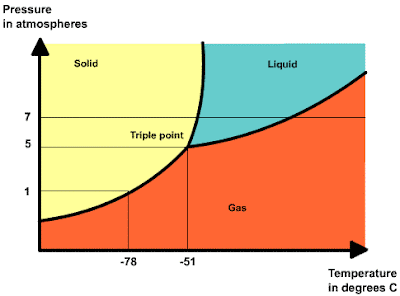
Although, I will say, at first, the point of diminishing returns is shorter but with this practice and approach the point of diminishing returns will extend further out as more of the ability and skills becomes more automaticity and new ability gets learned and acquired.īy leaving 10-20% in the tank and coming back to the task or activity, instead of trying to finish it all in one marathon sitting. At some point the quality of our output will not be worth the effort and energy we are putting in. The point of diminishing returns is a real thing, we don’t have limitless energy at a constant rate. Bodybuilders probably wouldn’t recommend this but from an energy output standpoint you’d get more energy output at a higher efficiency. From a workout analogy, before you burn out working out your legs, move onto your arms. You’ll find by leaving that 10-20% left in the tank you will have a quick bookmark to comeback to when you resume where you left off, instead of having to restart the momentum of finding and generating a new thread.īy leaving 10-20% in the tank, you will not have that burnt out feeling, which will then allow you to move onto another task that you could theoretically utilize a different part of your thought process, intellect and creativity – a different part of your brain. This method would also mean avoid cramming deadlines. Leaving 10-20% left in the tank will give you a quicker recovery period but also give you a place to pick up when you resume. Managing energy is finding and knowing a good place to stop. Don’t grind yourself to the nub, where now you need more time to recover. But with that, understand, that is, be mindful of the energy you are expending for each given activity. If you avoid the above self-judgment you will find you have so much more energy available for the task your concentrating on and performing.
:max_bytes(150000):strip_icc()/phase-changes-56a12ddd3df78cf772682e07.png)
The second part of managing flowstate is managing your energy. But you’ll also find you’ll feel less distracted and be able to freely transition in and out of completely different activities and work tasks. This is the primary first step in getting into flowstate, which also maximizes your energy level for the activity, which you’ll save by not being spent on managing stress and anxiety. Which sometimes feels like fear, anxiety, stress, frustration, urgency, defensiveness, offensiveness. To easily get into flowstate avoiding self-judgment which sometimes looks like expectations, demands, control, fear of failure, results-oriented mindset, overthinking, distractions, procrastination, indecisiveness. I think there’s a more essential fundamental to flowstate that goes beyond schedules, time management and productivity apps that will actually allow you to maximize the use of productivity apps with more ease and fluidity.

But does flowstate have to be that rigid and blocked out. And then maybe it feels like there might be some control in getting into flowstate. So that’s why maybe productivity is usually principled around time management and to-do tasks. Or maybe sometimes we’re able to build processes around trying to get into flowstate, building habits, routines, schedules, setting up a space, avoiding distractions. For most of us flow or the zone feels like an elusive, unmanageable, unreliable, flakey muse that comes and goes whenever it pleases. Productivity is the art of managing flowstate.


 0 kommentar(er)
0 kommentar(er)
